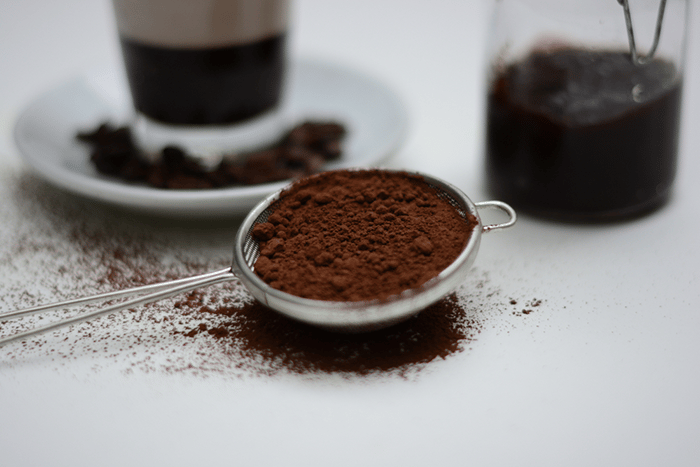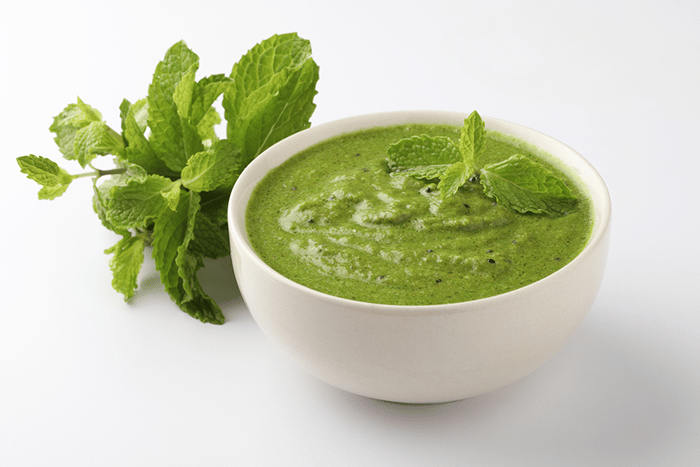- Benefits
- How to include in kids' diet
- Benefits
- How to include it in kids' diet
- Benefits
- How to Include in Kids' Diet
- Benefits
- How to Include in Kids' Diet
- Benefits
- How to Include in Kids' Diet
Introduction
Introducing a variety of tastes to children, including bitter, expands their palate and nurtures a lifelong appreciation for different flavors. It also helps in encouraging better eating habits and ensures that children receive the full range of nutrients required for their growth and development. Most of the time, bitter foods have been ignored, particularly when it comes to the diet of children, because they have a strong, sometimes unpalatable taste. But the benefits of these foods are tremendous and definitely add to a wholesome and healthy diet. Introducing bitter foods to your child's plate might seem like a task, but with the right approach, it can be wonderfully palatable and healthily achieved. Bitter foods are rich in vital nutrients, antioxidants, and compounds that are essential for good digestive health, improved immunity, and aid in detoxification of the body.
Why Bitter Foods Are Good for Health
Bitter foods are full of benefits for your health, as they contain compounds that stimulate digestive enzymes and bile production in the body. This action breaks the food down and thus lets our body absorb it in the most optimal manner. The concept is further boosted when it comes to antioxidants. Bitter foods are rich in antioxidants that reduce damage caused to the body by free radicals, which means less inflammation. Low-grade inflammation often leads to higher immune functioning and may reduce the chance of contracting chronic diseases—heart diseases and cancer, in particular. Most bitter foods also possess antimicrobial properties, aiding the body against infections. The addition of bitter foods in one's diet contributes to the balance in managing blood sugar levels; hence, they are beneficial for those suffering from diabetes. And these foods are often enriched with compounds that help maintain liver function and aid in detoxing, adding to the overall good health and well-being of people.
Neem Leaves

Benefits
Neem leaves have powerful medicinal value associated with them; being full of antioxidants, anti-inflammatory, antimicrobial, and antifungal properties, in turn helps to boost the immune system, improves digestion, and purifies the blood. It is also effective in managing skin conditions and supports liver health.
How to include in kids' diet
Adding neem leaves into the child's diet can be challenging because of their strong bitterness. Make neem leaf juice in combination with lemon or orange juice in small quantities to dilute the bitterness. Neem powder can be added in very small quantities to smoothies and/or added to honey to make it tolerable for children. Another way to use neem is by cooking it. They can be used in soups or curries since the bitterness can be balanced out with other flavors.
Bitter Gourd

Benefits
Bitter gourd or melon is very nutritious and is famous for its blood sugar regulating properties. It is a rich source of vitamins A and C, folate, and dietary fiber. It contains compounds with anti-inflammatory and antioxidant properties, hence overall health and immune function.
How to include it in kids' diet
Bitter gourd is sliced, and the slices are sprinkled with salt and kept for a few minutes and then rinsed off and cooked. This method considerably minimizes the bitterness. Then, sauté the slices with spices, onions, and tomatoes and create a dish. The other way to make bitter gourd more appealing is by stuffing it with a savory filling of minced meat or spiced potatoes and bake or fry it.
Cocoa

Benefits
Cocoa is a less bitter food, but it still has valuable ingredients. It is a great source of flavonoids. Flavonoids are very good antioxidants that help protect the heart and enhance blood flow. Cocoa contains magnesium and iron, which are helpful in healthy development and production of energy.
How to Include in Kids' Diet
There are many ways to include cocoa in a child's diet. You can add unsweetened cocoa powder to smoothies, oatmeal, or yogurt, giving them a chocolaty taste. Another great way to include it in the diet is through baking. Baking with cocoa involves making your own brownie or chocolate muffin. However, it is always advisable to go for dark chocolate with high cocoa content because it has more health benefits.
Fenugreek Seeds
Benefits
These seeds are well documented to play many health roles, such as its ability to regulate blood sugar levels and improve digestion. They are also high in fiber, vitamins, and minerals. Anti-inflammatory and antioxidant activities have also been documented.
How to Include in Kids' Diet
These seeds can be soaked overnight and added to many dishes. This milder taste can be increased by sprouting them and adding them to salads or sandwiches. Powder can be included in dough meant for making parathas or even added into soups and stews. For rice and lentil, a small quantity of these seeds can be used for enhancement in the flavor and taste.
Mint Leaves

Benefits
Mint leaves are not typically thought of as bitter, but they do have a strong flavor that can be off-putting to some children. Mint is rich in antioxidants, vitamins, and minerals. It supports digestion, has antimicrobial properties, and can help soothe respiratory issues.
How to Include in Kids' Diet
Mint leaves can be used to make refreshing drinks like mint lemonade or added to smoothies for a fresh flavor. Chopped mint can be mixed into yogurt to create a delicious raita or added to salads and sandwiches. Mint leaves can also be used in cooking, such as in mint chutney or as a garnish for various dishes.
Deepali is a senior food and wellness writer with over a decade of experience in top media houses, crafting engaging narratives. She is a professional home baker and loves exploring food from every corner of the world to reading cookbooks. She believes a healthy lifestyle is a combination of both mental and physical fitness. Her goal always remains to keep moving, eating seasonal and practicing gratitude.
The views expressed are that of the expert alone.
The information provided in this content is for informational purposes only and should not be considered a substitute for professional medical advice, diagnosis, or treatment. Always seek the advice of your physician or another qualified healthcare provider before making any significant changes to your diet, exercise, or medication routines.
References
















